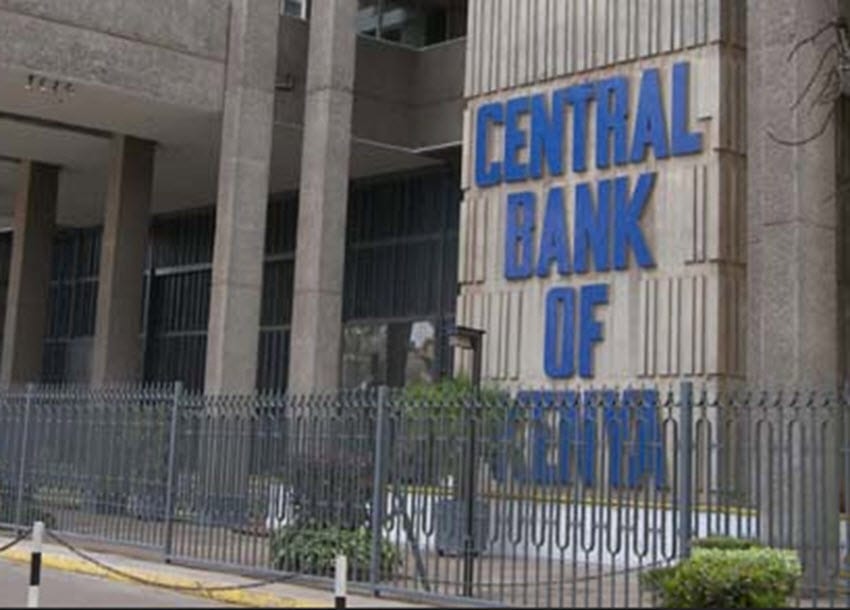CBK seeks to do away with risk-based lending rates in banks

The Central Bank of Kenya (CBK) is now looking to abolish the Risk-Based Credit Pricing Model (RBCPM), which has been in existence since 2019.
CBK says a reassessment of RBCPM is necessary to determine if it still effectively complements the ongoing reforms in the banking sector.
“There are lingering concerns regarding the availability, quality, and fairness of the credit scoring data underpinning the model, as well as consistency of RBCPM application across commercial banks. These issues have significant implications for maintaining the integrity of the model and ensuring that it aligns with global best practices as envisioned during its establishment,” CBK states.
“Therefore, review of RBCPM within the evolving landscape of monetary policy is critical to ensure that credit pricing remains robust, adaptive, and in line with both domestic monetary policy reform objectives and international best practices. A careful examination of the model will help assess its efficacy and identify necessary adjustments that reinforce transparency, promote fairness, and enhance the overall efficiency of credit pricing.”
The RBCPM was introduced following the implementation of the Kenya Banking Sector Charter (KBSC), which was aimed at enhancing transparency and customer-centric practices in loan pricing.
Before the implementation of the RBCPM, in August 2016, Parliament amended the Banking Act by introducing a cap on lending rates at not more than 4 per cent above the Central Bank Rate (CBR) and a floor on the deposit rates at 70 per cent of the CBR.
The amendment was in response to concerns raised by the public regarding the high cost of credit in the country, which was perceived to have locked out a large segment of the population from the credit market.
“The interest rate caps led to a slowdown in monetary policy transmission and reduced lending activity of smaller banks, which were heavily affected by interest rate caps. Further, interest rate caps enabled shylocks and other unregulated lenders to flourish. These unregulated lenders offered credit at exorbitant rates in a predatory manner taking advantage of desperate citizens. These challenges ultimately led to the repeal of the interest rate cap in November 2019,” CBK added.
“CBK’s expectation of the RBCPM was to promote responsible lending practices by aligning credit pricing with borrowers’ risk profiles while ensuring transparency and fairness. While the model has largely achieved its objectives in embedding these principles in credit pricing, it is now crucial to assess its effectiveness comprehensively and identify opportunities for enhancement. The review is aimed at ensuring that the model remains responsive to evolving risk profiles, market dynamics, and regulatory expectations while continuing to promote fairness, transparency, and economic stability.”
Early this month, the Kenya Bankers Association (KBA) proposed a unified base rate – the Kenya Base Rate (KBR), anchored on the interbank rate, meaning that banks would determine their lending rates by adding a premium to the unified KBR.
KBA proposed that the premium should be competitively determined by the banks based on their products and clients to reflect the principles of market-driven interest rates and risk pricing. This means that the banks will not apply to CBK for any approval or noting of their premium.
“This proposal of the premium being determined solely by the banks without any reference to CBK is a replica of how the premium was determined during the Kenya Bankers Reference Rate (KBRR) regime. It resulted in a myriad of premia across the banks and was one of the key challenges that led to the suspension of KBRR,” CBK added.
CBK’s proposals
The regulator, however, proposes the use of the policy rate (Central Bank Rate) as the common reference rate for determining lending rates in the Kenyan banking sector. The common reference rate will change every two months when the Monetary Policy Committee makes any change pronouncement on the CBR.
The lending rates will be determined by adding a premium to the CBR, which will comprise the banks’ operating costs related to lending, return to shareholders, and the borrowers’ risk premium.
Where a bank’s cost of funding is more or less than the common reference rate (CBR), the bank will factor in the extra/lower amount in the premium for review and noting by CBK.
The banks will be required to submit their proposed premium to CBK for review and noting before rolling out.














